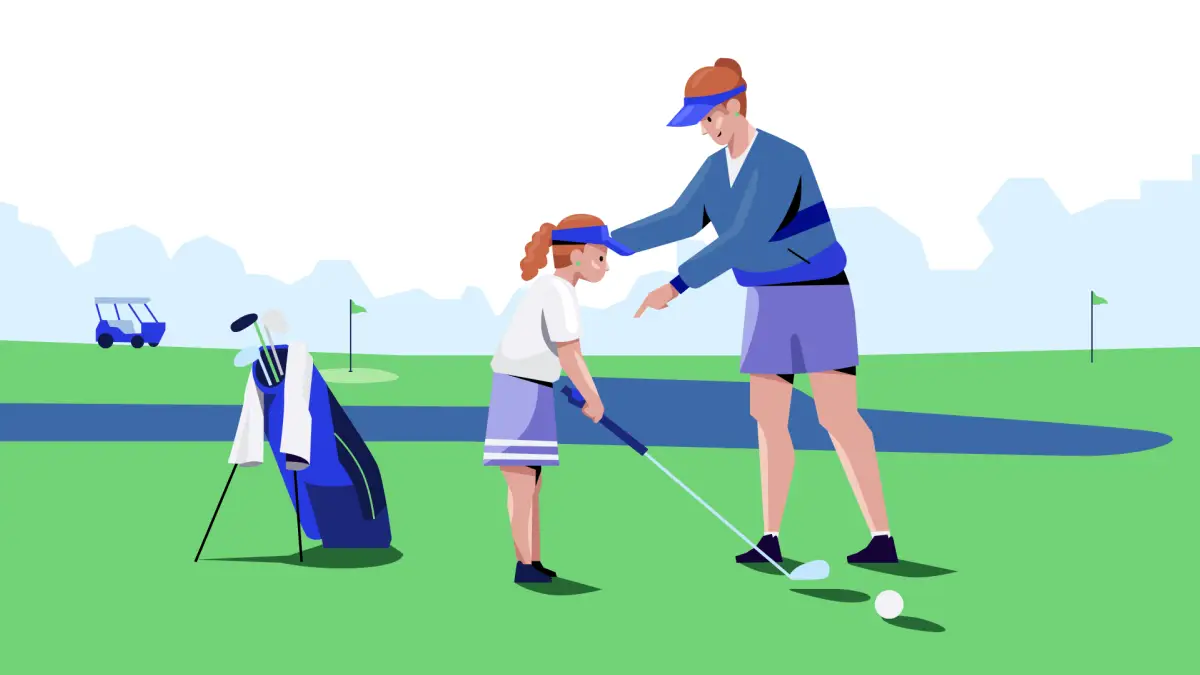Implementing the right strategies will revolutionize the way you approach training, maximize results, and elevate your sports academy to new heights. Are you looking to take your athletes’ performance at your sports academy to the next level? If so, you’ve come to the right place.
Get ready to unlock the secrets to athlete success and discover the game-changing strategies that will set your sports academy apart from the competition.
Here are 3 strategies to boost your athlete’s performance at your sports academy.
3 Strategies to Boost Athlete Performance at Your Sports Academy
1. Set specific training goals
One of the most effective ways to enhance athlete performance is to set specific training goals. Without clear goals, athletes may lack direction and struggle to make progress. By establishing specific objectives, athletes have a target to strive for and can tailor their training accordingly. Whether it’s improving endurance, speed, strength, or technique, setting clear and measurable goals enables athletes to focus their efforts and track their progress more effectively.
To achieve this, conduct comprehensive assessments of each athlete, including their physical abilities, performance history, and specific objectives. Based on these assessments, design training programs that incorporate targeted exercises, drills, and workouts. Regularly reassessing and adjusting these goals based on progress and performance evaluations will ensure continuous improvement and keep athletes motivated throughout their training.
2. Implement performance tracking and measurement
To optimize athlete performance, tracking and measuring progress accurately is crucial. By implementing a sports performance tracking system, you can gain valuable insights into an athlete’s strengths, weaknesses, and areas for improvement. This data-driven approach enables coaches to tailor training programs to address specific needs and ensure that athletes progress effectively.
Various tools and technologies, such as wearable fitness trackers, heart rate monitors, and sports performance software, are used to collect relevant data during training sessions and competitions. Based on this data, assess performance metrics, identify trends, and make informed decisions about training adjustments.

3. Complement physical athlete training with mental training
Enhancing athlete performance extends beyond physical training; mental resilience and psychological preparedness are equally important. Athletes need to develop the right mindset to overcome challenges, maintain focus, and perform at their best under pressure.
Implement mental skills training, including visualization exercises, goal setting, positive self-talk, and stress management techniques. Encourage athletes to set process-oriented goals rather than solely outcome-based goals. This will help to shift the focus to the present moment and the controllable factors within an athlete’s performance, boosting confidence and motivation.
Conclusion
By adopting these approaches, athletes can maximize their potential, achieve their targets, and continually improve. Remember, athlete development is a continuous process, and by providing the right guidance and support, you can help athletes reach new heights of performance in their chosen sports.



